So you’re looking to upgrade your PC with a better GPU? Smart move, especially these days. Most of us remember the anguish that came with contemplating purchasing one of these just a few months back. Prices were unrealistic and reached double the MSRP sometimes, turning many of us away at the time. Times are changing.
In this comparison, I’ll compare the 6600 vs 6600 XT, two mid-range cards from AMD released last year. The additional “XT” in the latter’s name hints which one is going to win. Nevertheless, choosing a GPU shouldn’t be taken lightly, and you should be as informed as possible.
6600 vs 6600 XT – Quick Comparison
| RX 6600 | Specs | RX 6600 XT |
|---|---|---|
| Navi 23 XL (215-130000016) | GPU | Navi 23 XT (215-130000006) |
| PCIe 4.0 x8 | Interface | PCIe 4.0 x8 |
| 1,792 | GPU Cores | 2,048 |
| 112 | TMUs | 128 |
| 28 | RT Accelerators | 32 |
| 1,626 MHz | Base Clock | 1,968 MHz |
| 2,044 MHz | Game Clock | 2,359 MHz |
| 2,491 MHz | Boost Clock | 2,589 MHz |
| 8 GB GDDR6 | Memory | 8 GB GDDR6 |
| 1,750 MHz (14 Gbps effective) | Memory Speed | 2,000 MHz (16 Gbps effective) |
| 224.0 GB/s | Bandwidth | 256.0 GB/s |
| 128-bit | Memory Bus | 128-bit |
| 132 W | TDP (Founders Edition) | 160 W |
| 300 W | Required PSU (Founders Edition) | 450 W |
| 85℃ (185℉) | Maximum Recorded Temp (Founders Edition) | 72℃ (161.6℉) |
| 48 dB | Max Fan Noise (Founders Edition) | 69 dB |
| 1x HDMI 2.1 3x DisplayPort 1.4a | Outputs | 1x HDMI 2.1 2x DisplayPort 1.4a |
| Check Price on Amazon | Price | Check Price on Amazon |
AMD
AMD is a leading developer of CPUs, GPUs, motherboard chipsets, servers, and much more. It started over half a century ago in Silicon Valley, so they have the experience, but can they deliver in this comparison?
6600
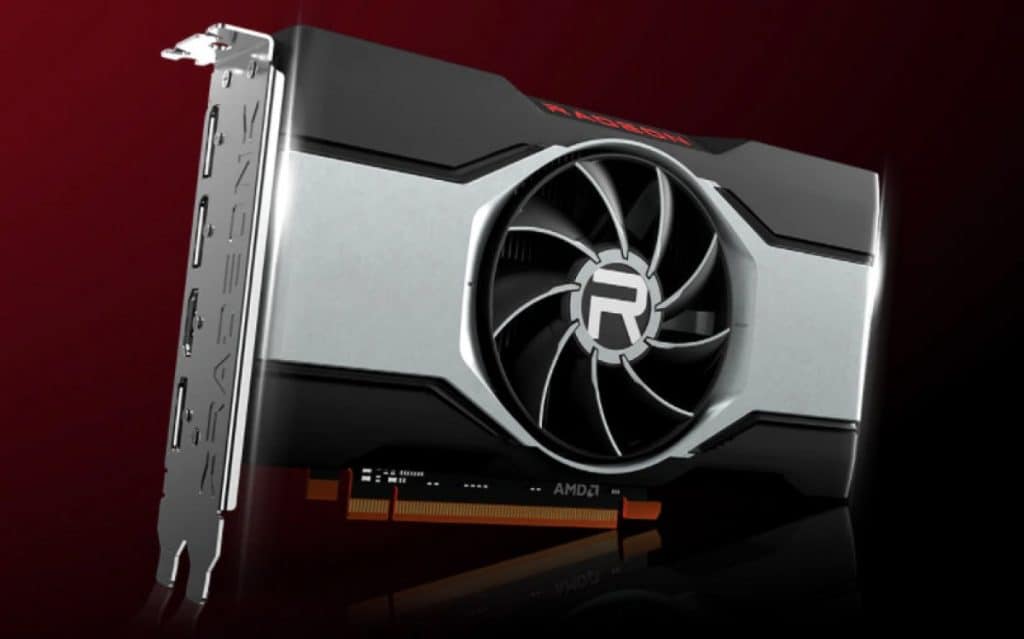
The Radeon RX 6600 was released in October of last year, two months after the 6600 XT, and deliberately had little to show for it. It was designed to be a less expensive, lower-performing version of the 6600 XT. This may seem like a great solution for many of you, but I’ll always go for a better performer.
Pros:
- Lower TDP
- More outputs
- Less noisy
- Great boost clock speed
Cons:
- Heats up more
- Lower clock speeds
6600 XT
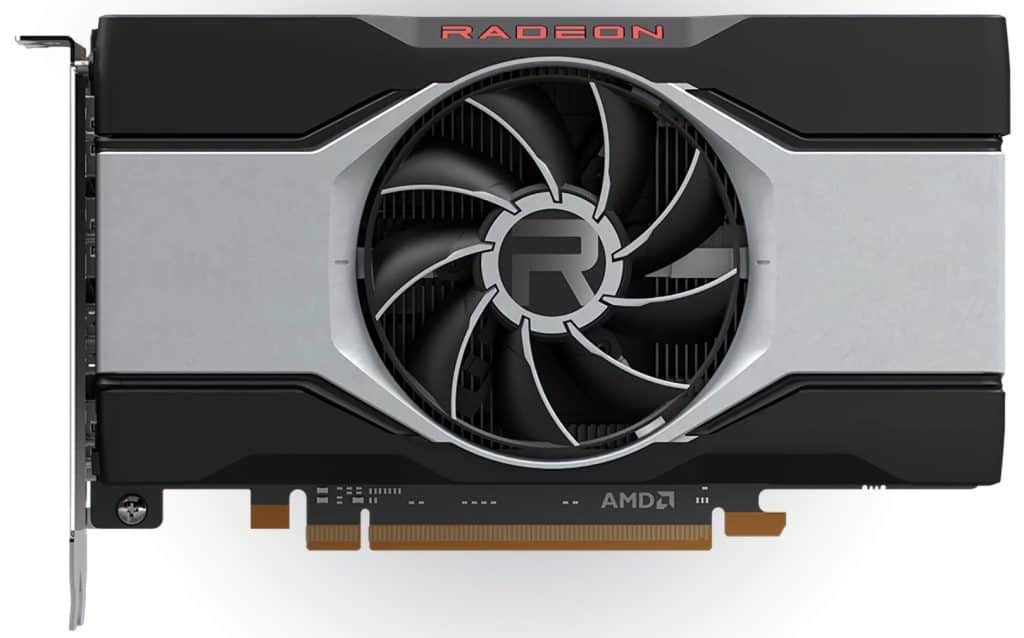
The Radeon RX 6600 XT hit the market in August of 2021. This mid-range GPU offers solid performance at 1080p and does well at 1440p, depending on which title you’re playing. In addition, it features more cores, TMUs, and Ray Tracing Accelerators, as well as faster VRAM compared to the 6600, even though they both had 8 GB paired with the same BUS.
Pros:
- 25% better performance
- Better overclocking potential
- More cores
- Faster VRAM
Cons:
- Fewer outputs
- Higher TDP
Key Specifications
Architecture
Both cards are from the same series and feature a very similar configuration and the same architecture. The RX 6000 series brought us RDNA 2, which improved on its predecessor, RDNA. It enhanced RDNA’s workgroup processor (WGP), introduced AMD Infinity Cache and Smart Access Memory, and delivered 65% more performance per Watt compared to RDNA, as stated by AMD.
Winner: Draw
Design and Build
The RX 6600 and RX 6600 XT Founders Editions are both PCI x8 cards with smaller surface areas than most contemporary cards have. They feature a single fan design and lack venting shafts on their rears, trapping heat inside your PC case. All other third-party variants of both cards (except for one ASRock variant each) are designed with at least two fans and better venting.
Winner: Draw
Clock Speeds & Overclocking
Clock speeds are a component’s operating frequency. GPUs, RAM & VRAM, and CPUs all have them. Contemporary cards have a base and boost clock designation. The base clock is the minimum speed, while the boost clock speed is how fast your component operates when it needs more power.
AMD offers us a third speed known as “Game Clock,” but that’s just the average speed that you should experience while gaming. The 6600 XT has a much larger base clock speed of 1,968 MHz compared to the 1,626 MHz of the RX 6600. The average Game clock speed is also in favor of the 6600 XT, with 2,359 MHz compared to 2,044 MHz.
We see a much smaller difference at boost clock speeds with 2,589 MHz (RX 6600 XT) compared to 2,491 MHz (RX 6600). This high clock speed of the RX 6600 raises its temperature beyond that of the RX 6600 XT. Keep in mind that these are Founders Edition speeds, and most third-party variants of the RX 6600 XT come factory overclocked at higher speeds.
Most Powerful Versions
| RX 6600 | Boost Clock | RX 6600 XT | Boost Clock |
| 1. ASRock RX 6600 Challenger D | 2,491 MHz | 1. ASRock RX 6600 XT Phantom Gaming D OC | 2,607 MHz |
| 2. ASRock RX 6600 Challenger ITX | 2,491 MHz | 2. ASUS ROG STRIX RX 6600 XT GAMING OC | 2,607 MHz |
| 3. ASUS DUAL RX 6600 | 2,491 MHz | 3. Dataland RX 6600 XT X-Serial | 2,607 MHz |
| 4. GIGABYTE RX 6600 EAGLE | 2,491 MHz | 4. MSI RX 6600 XT GAMING X | 2,607 MHz |
| 5. MSI RX 6600 ARMOR | 2,491 MHz | 5. PowerColor Red Devil RX 6600 XT | 2,607 MHz |
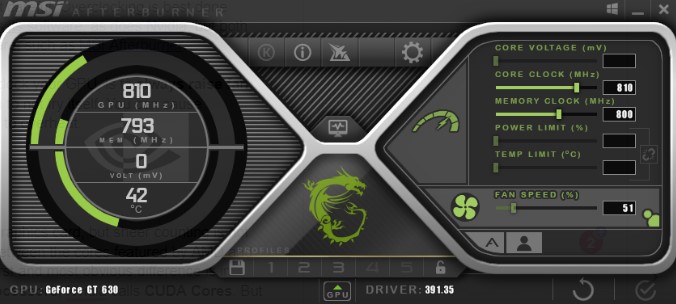
If these speeds aren’t enough for your appetites, you can overclock your card using dedicated software (AMD and MSI Afterburner). You can use these programs to change almost any GPU setting, such as the core clock, VRAM clock, voltage, fan speed, etc. Don’t forget to up the speed of your fans if you’re raising clock speeds so that heat can be regulated efficiently.
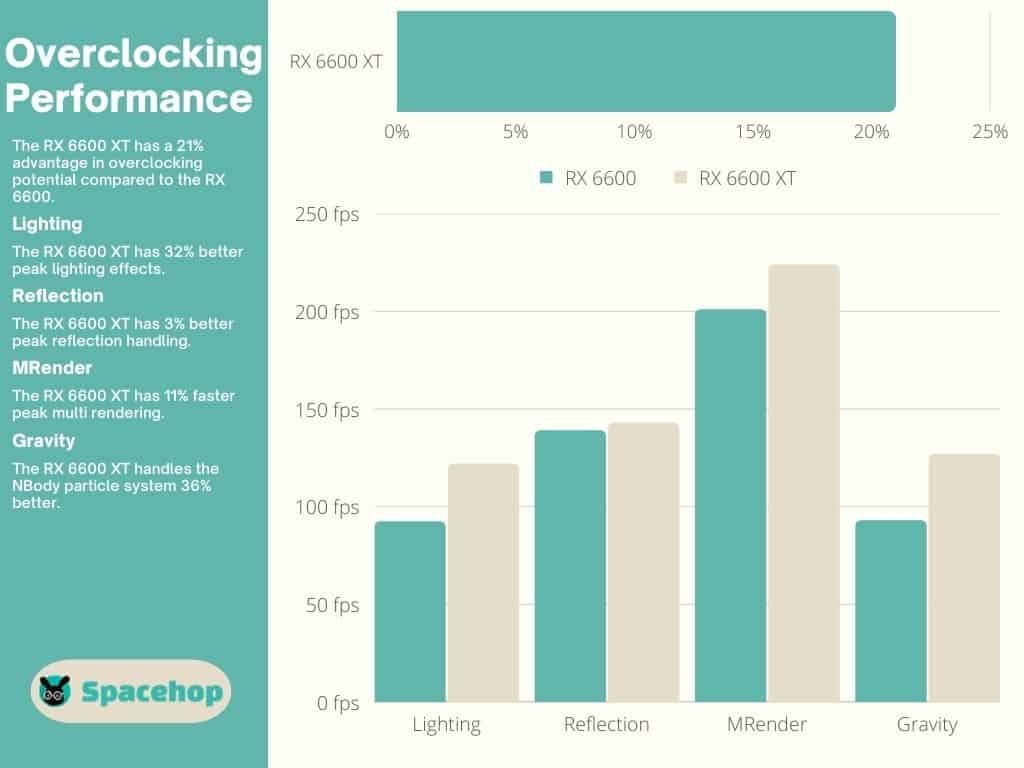
The RX 6600 XT is rated 21% faster than the RX 6600 in overclock user tests.
Winner: RX 6600 XT
Also Read: How to Undervolt your CPU and GPU
Cores, Shaders, RT Tech, and TMUs
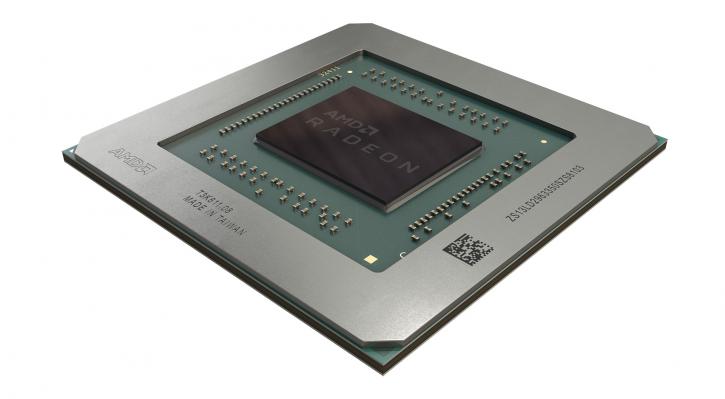
Your GPU is basically a parallel processor with thousands of cores. The RX 6600 has 1,792, while the RX 6600 XT has 2,048. Usually, counting them alone wouldn’t be enough to determine which GPU is better, as other factors come into play. Since both cards are based on the same architecture and almost the same GPU, that’s not the case here.
The RX 6600 XT has the advantage here. Shaders leverage its 2,048 cores to produce light, shadows, ambient occlusion, and many other aspects of 3D rendering. The shader model is the same for both cards (6.5), so the advantage here is also based on the higher number of cores the 6600 XT has to work with.
You may have heard of ray tracing. Previously used only in CGI movies, AMD was forced to include ray tracing tech in the RX 6000 series after its main competitor introduced real-time ray tracing tech in its previous GPU generation.
Since this series was AMD’s first go at ray tracing, they opted for designating part of a GPU’s compute units to ray tracing whenever needed, effectively slowing their cards in the process. It would be nice to see them offer actual RT cores in the RX 7000 series. Between the 6600 and 6600 XT, the latter has the advantage in ray tracing due to a slightly larger Ray Tracing Accelerator count (32 vs 28).
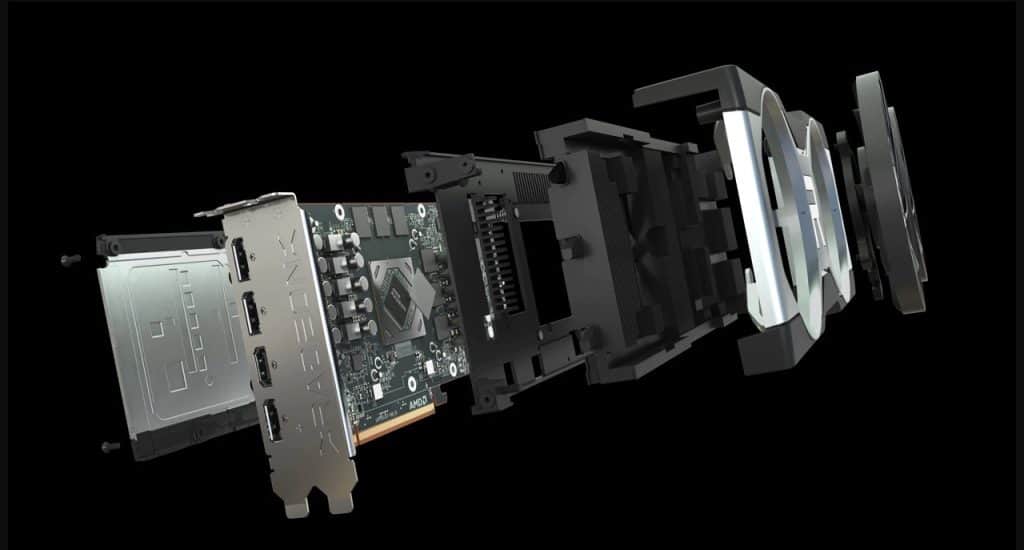
TMUs are another critical component in the 3D rendering of virtual worlds. They handle textures, be it of your avatar, a cityscape you’re building, or the car you’re driving in a game. The 6600 XT has 128 TMUs, while the 6600 has only 112. That’s why texture rendering performance is in the 6600 XT’s favor.
Winner: RX 6600 XT
VRAM & Memory Specs
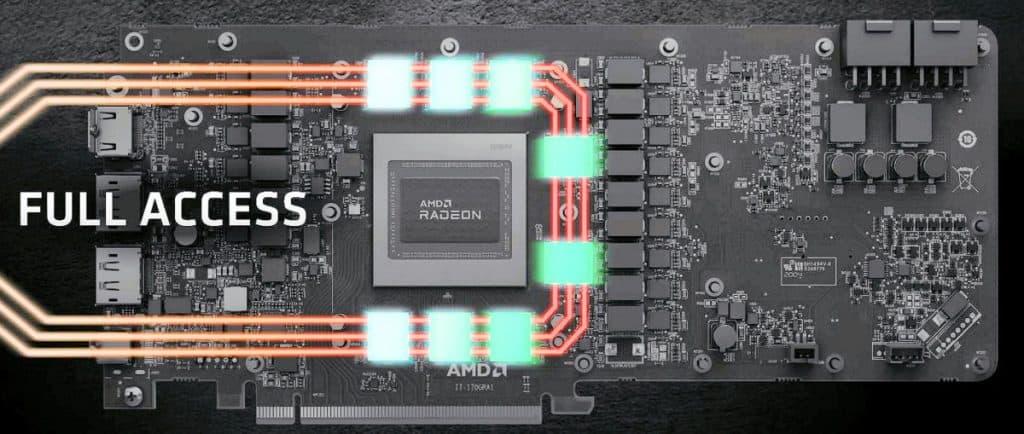
The RX 6600 and the RX 6600 XT both feature 8 GB GDDR6 VRAM paired with a 128-bit BUS, but the latter has a slight advantage. Its VRAM is faster, with a clock speed of 2,000 MHz (16 Gbps effective). On the other hand, the RX 6600 has only 1,750 Mhz (14 Gbps effective).
Bandwidth is also in favor of the RX 6600 XT, reaching 256.0 GB/s, while the RX 6600 has a slightly slower bandwidth at 224.0 GB/s.
Winner: RX 6600 XT
Also Read: The Key Differences of VRAM vs RAM
Performance
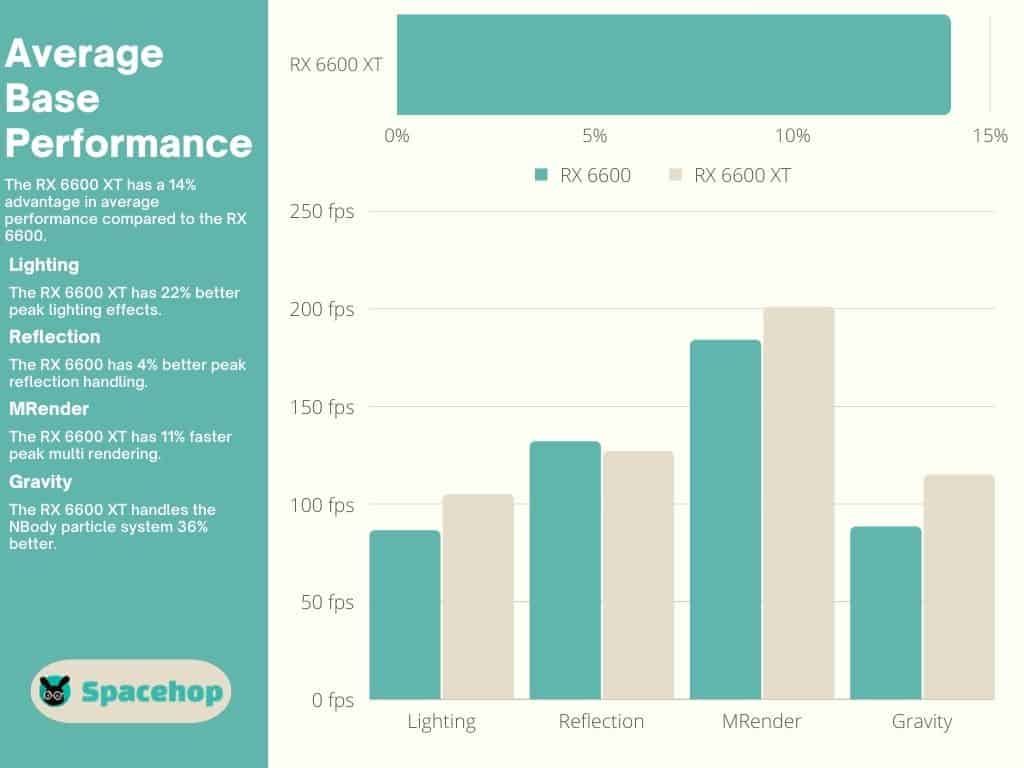
I always test the Founder Editions. Third-party variant cards often have slightly different results due to changes in OC settings though that’s not the case with the RX 6600 (none are sold as overclocked). At 1080p and ultra settings, I saw an average Fps of 97.2 when testing the RX 6600, with lows dropping to 36 Fps and highs reaching 351 Fps in certain titles.
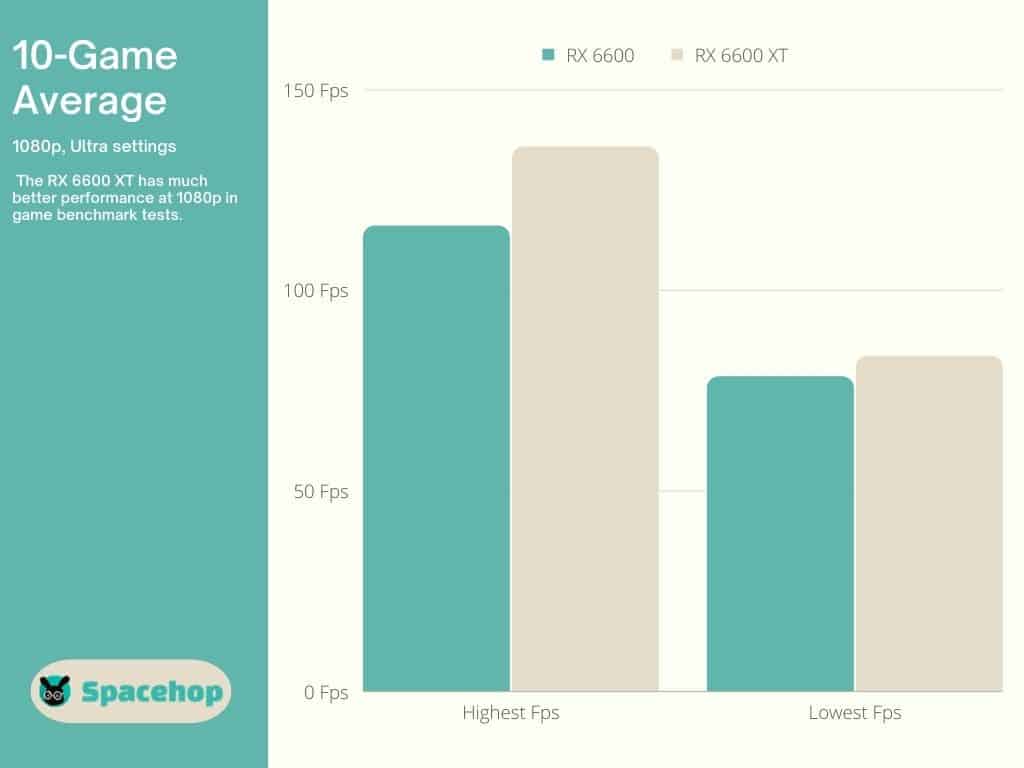
The older the title, the more Fps you’ll get. In my opinion, both cards struggle with newer titles to the extent of some being a horrible gaming experience. Also, you’re bound to get stuttering at these resolutions and settings, even on 10-year-old titles. The average Fps at 1080p for the RX 6600 XT is 109, so about 12% faster. These numbers also drop into the 30s in certain titles.
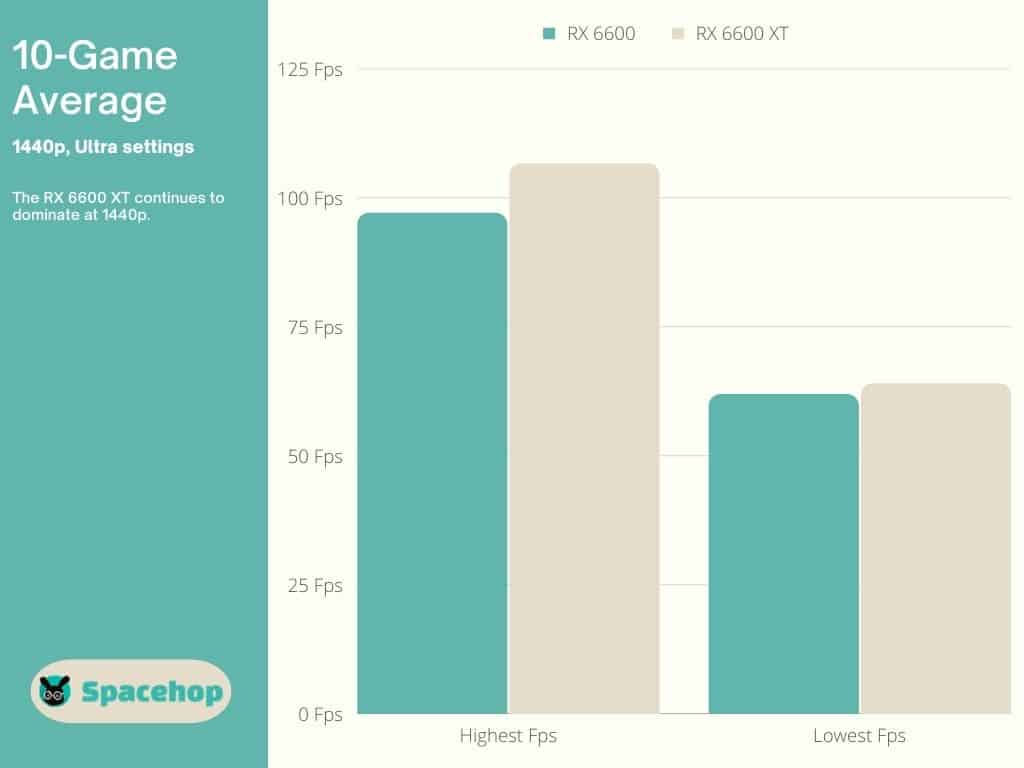
At 1440p, the RX 6600 averages 79.4 Fps, while the 6600 XT offers 85.3, so the latter is 7.3% faster. Fps lows drop below 30 in some titles when using the 6600 and as low as 34 when using the 6600 XT. User tests have the RX 6600 XT performing 23% better than the RX 6600. These are tests on various configurations, with various CPUs, RAM capacities, etc.
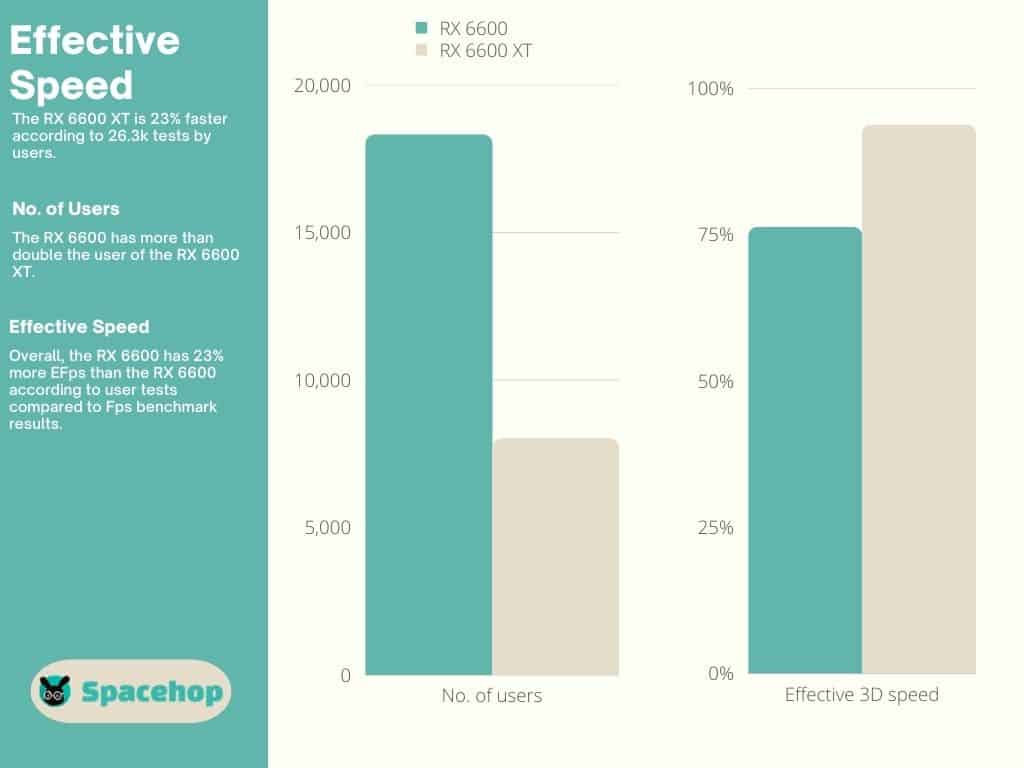
Winner: RX 6600 XT
Also Read: Best Graphics Cards for 1440p 144hz Gaming
Connectivity
The RX 6600 has one HDMI 2.1 and three 1.4a DisplayPorts. The 6600 XT has one HDMI 2.1 and only two 1.4a DisplayPorts. Both are powered by one 8-pin PSU connector.
Winner: Draw
TDP
TDP refers to how much power a subsystem can draw from your PSU (Thermal Design Power) and how much heat that subsystem can produce and endure (Thermal Design Point). If you’re looking for a card with low power consumption, the RX 6600 is the better choice. It uses only 132 W, and a 300 Watt PSU can easily power it. The 6600 XT uses 160 W and requires a 450 Watt PSU.
Heat is another matter. AMD cards are notoriously hot under load and are known to throttle performance whenever they heat up too much. The RX 6600 reaches 85℃ (185°F) easily, especially if boost clock speeds are active. The 6600 XT does slightly better, reaching 72℃(161°F). Add to this the poor venting of the FE versions, and you’re in for a bad gaming experience.
Winner: RX 6600
6600 vs 6600 XT: Pricing & Availability

The RX 6600 XT was released with an MSRP of $379. The RX 6600 was released at $329. We all know that GPU prices spiked after the release of the RX 6000 series, but they are finally returning to normal. You can even find several 6600 variants under the MSRP!
This XFX Speedster variant is well under the MSRP, as is this MSI Gaming variant, while this Sapphire Pulse variant is the cheapest of all. You can still find some above the MSRP, such as this Sapphire Nitro+ variant, but I expect this to drop as well as we move toward the RX 7000 release.
RX 6600 XT prices are dropping slower and are still above the MSRP. This MSI Gaming variant is the only one I found below it, whereas this PowerColor Red Devil variant is slightly above the MSRP. As usual, ASUS cards have some of the highest prices, such as this ASUS Dual variant and this ASUS ROG variant.
Conclusion
When tallying up the results of this 6600 vs 6600 XT comparison, things definitely favor the RX 6600 XT. It offers better performance, is the better overclocker, and outshines the RX 6600 in everything except prices and outputs. Nevertheless, the performance advantage is enough to justify the price difference, in my opinion, and would be my choice between the two.